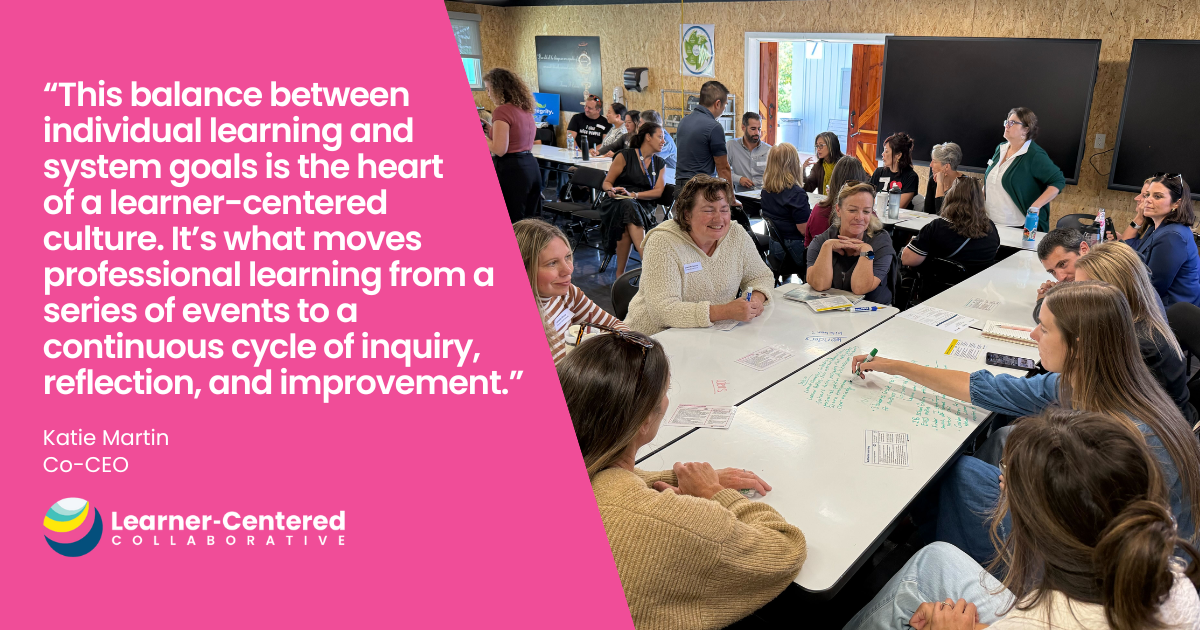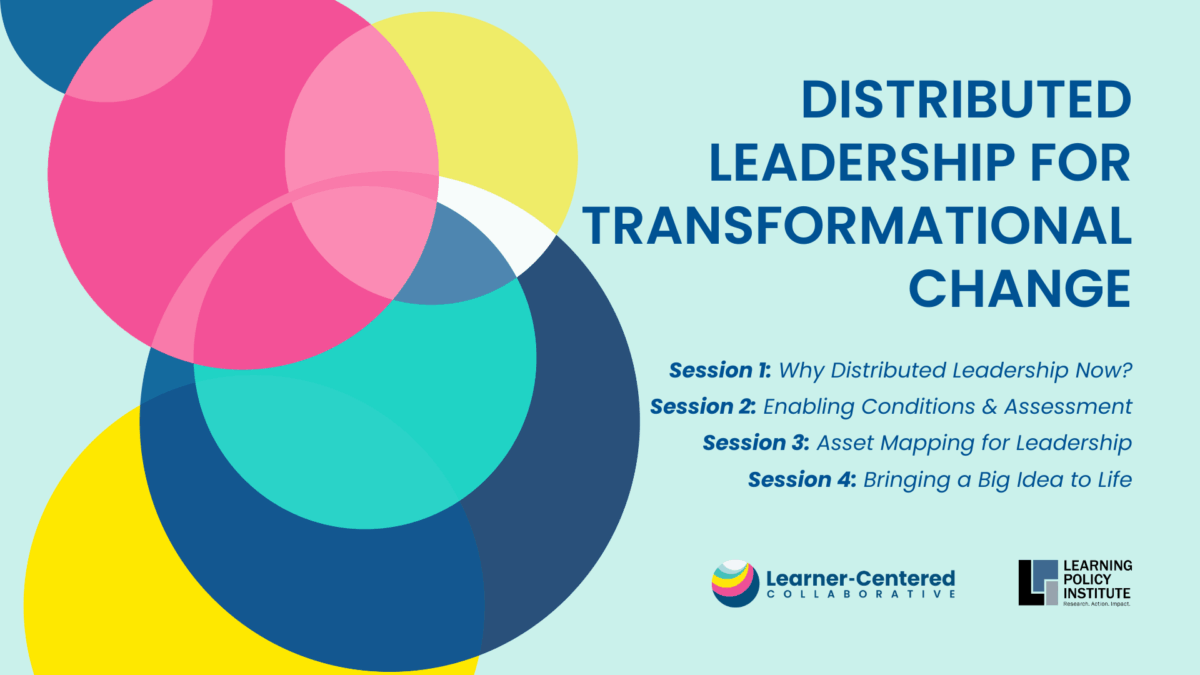Unlocking Leadership Potential with Coaching
Dr. B ryanna Norton has been an educator for the last 19 years and is currently a Middle School Principal at Hidden Valley Middle School located in Escondido, California. Prior to her principal position she worked for the San Diego County Office of Education as a Coordinator of Human Resources coaching and mentoring administrators, and was also a Coordinator of the Designated Subjects Program that credentialed CTE and Adult Education teachers. She was also a High School Assistant Principal and high school teacher and coach. Her dissertation, The Essential Characteristics of Coaching that Secondary Principals Perceive Support Effective Leadership at School Sites, can be previewed here.
ryanna Norton has been an educator for the last 19 years and is currently a Middle School Principal at Hidden Valley Middle School located in Escondido, California. Prior to her principal position she worked for the San Diego County Office of Education as a Coordinator of Human Resources coaching and mentoring administrators, and was also a Coordinator of the Designated Subjects Program that credentialed CTE and Adult Education teachers. She was also a High School Assistant Principal and high school teacher and coach. Her dissertation, The Essential Characteristics of Coaching that Secondary Principals Perceive Support Effective Leadership at School Sites, can be previewed here.
The word coaching often evokes imagery of legendary sports coaches such as John Wooden and Pat Summitt, who are both known internationally for not only improving their players’ basketball skillset, but also investing in their players’ personal development. Coaching, whether in sports or life, has existed as far back as ancient Greece, when philosophers Socrates, Plato, and Aristotle were the first to consider coaching through the lens of reflection and questioning. Since that time, it has evolved into multiple genres of work environments.
A brief history of coaching
Fast forward to the 20th century in the United States, and coaching has exponentially increased in both the business and personal spheres, and even expanded into the global mainstream (Brock, 2008; Passmore, 2015). Coaching was widespread in business organizations in the 1970s and 1980s, and was utilized within businesses because corporations understood not only the importance of coaching but also that coaching provided purposeful support to employees in their career development. Moreover, businesses understood that their success overall depended on their employees’ ability to manage and lead others. Additionally, in the 1990s, coaching expanded into areas such as life coaching, educational coaching, executive coaching, and career coaching (Passmore, 2015). From 1990 to approximately 2004, coaching saw a massive explosion of popularity. During this same period, educational coaching was emerging, although it was somewhat limited in its understanding and implementation. Educational coaching for teachers and educators included approaches taken from executive coaching, peer coaching, cognitive coaching, behavioral coaching, and solution-focused coaching. Often the methodology utilized would depend on who was being coached (i.e., an administrator or a teacher). Moreover, education saw a need for significant educational change to address the specific difficulties of the 21st century. These difficulties have been addressed through various means, including professional development, trainings, and workshops.
Coaching is not just for beginners
Education has not consistently addressed the need to support our school site leaders, specifically veteran principals, through an additional lens: coaching. It can be argued that by the 1990s, education began to see the value in coaching; however, the implementation of coaching was and still is lacking.
Whether at the county or district level, educational leaders know that changes and responsibilities fall not just to the upper echelon of leaders, but more specifically to the leaders at school sites. The COVID-19 pandemic created an environment of educational evolution and the realization that the only consistency is inconsistency. Moreover, post-pandemic life has created more site-based leadership responsibilities as well as more challenges with orienting schools back to processes, procedures, curriculum, social-emotional learning, and community relationships. These changes and lack of consistent support for site leaders generate frustration, loneliness, and an inability to gain traction and understanding of expectations as the site leader.
Site principals, and specifically veteran administrators/principals, typically receive support and coaching during their early stages of leadership when they are clearing their administrative credentials. However, once they do so, the coaching provided during the credential program tapers off. Subsequently, the principal’s professional growth and training is then left up to the individual or the district with whom they work. Anders Ericsson (2008) explained that often people associate mastery of one’s profession with how much experience they have, as well as their perceived command of their profession. However, in order for people to develop expertise, they must engage in deliberate practice that entails professional development; this targeted development is often arranged by a coach. Coaching can be an effective way to help new and veteran school principals grow as leaders and develop expertise in their profession in a rapidly changing world.
Explore more ways to develop and grow professionally supported by peers, colleagues and mentors in Why You Should Say “Yes” to Your Next Community of Practice.
Unlocking potential through coaching
Defining the term coaching definitively is more complex and often difficult to calibrate effectively. Likewise, there is currently no common definition used globally to explain the coaching process. However, Sir John Whitmore (2017), a prominent pioneer in coaching, identified coaching as “unlocking people’s potential to maximize their own performance”.
If principals are to grow and become better leaders, it is the responsibility of educational organizations to provide the environment for them to improve. As district office and county office of education leaders it is important to understand that site-based administrators want to be heard and understood in an authentic and safe environment. The ability to find a coaching relationship that supports an administrator’s goals that is embedded with these characteristics is crucial to addressing site administrators’ personalized needs for learning. When their needs are met, they are able to look inward and analyze, reflect, and plan how they will move ahead positively and more perceptively in their leadership roles.
Finally, it is important to understand that each administrator has different needs based on their experience, skillset, and personality. However, regardless of these traits, each administrator requires coaching that is grounded in the creation and development of an authentic, transparent, and reliable relationship between two individuals. When we support our school site leaders in their leadership, we are not only empowering them and showing them that we trust them, but also empowering our staff and students to do the same, which in turn helps support school site growth.
Use this Faculty Meeting Planning Template to bring a learner-centered approach to your next team meeting.
Explore Learner-Centered Collaborative’s professional learning offerings which include leadership coaching customized to your team’s needs and goals.
Sources
Anders Ericsson, K. (2008). Deliberate practice and acquisition of expert performance: A general overview. Academic Emergency Medicine, 15(11), 988-994. https://doi.org/10.1111/j.1553-2712.2008.00227.x
Brock, V. G. (2008). Grounded theory of the roots and emergence of coaching. Unpublished doctoral dissertation, International University of Professional Studies, Maui, HI.
Whitmore, J. (2017). Coaching for performance: The principles and practice of coaching and leadership. London, UK: John Murray Press.






